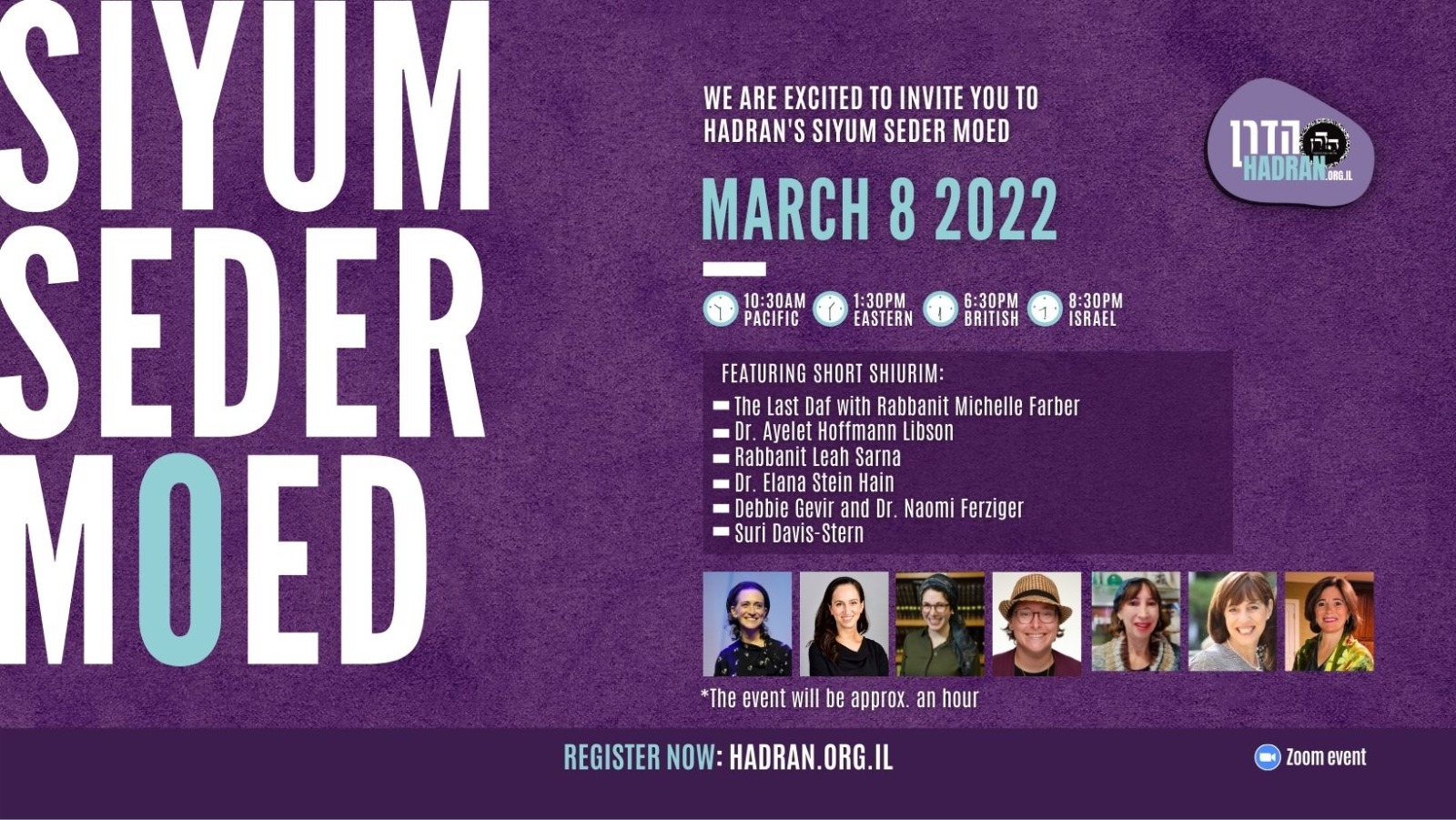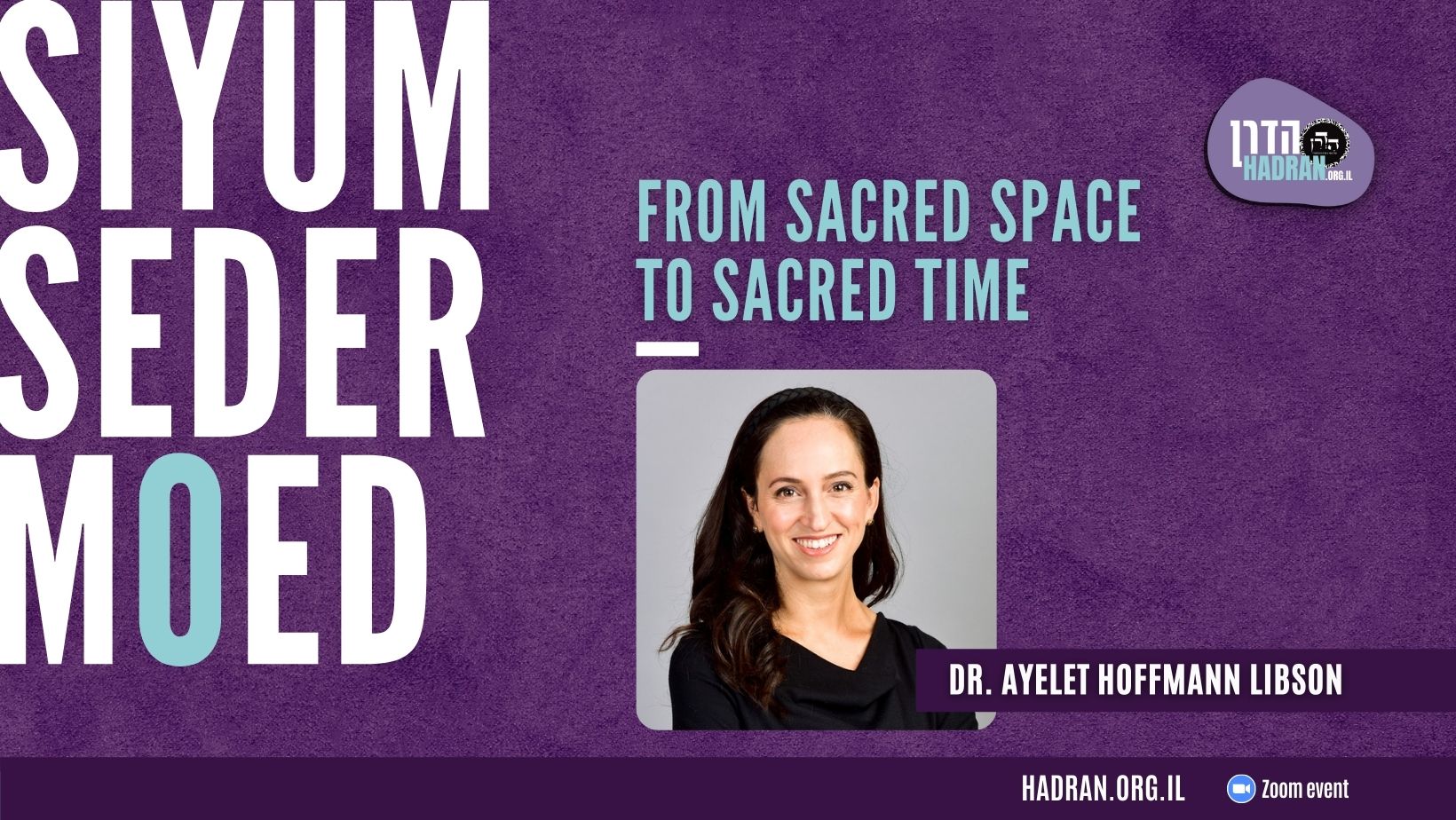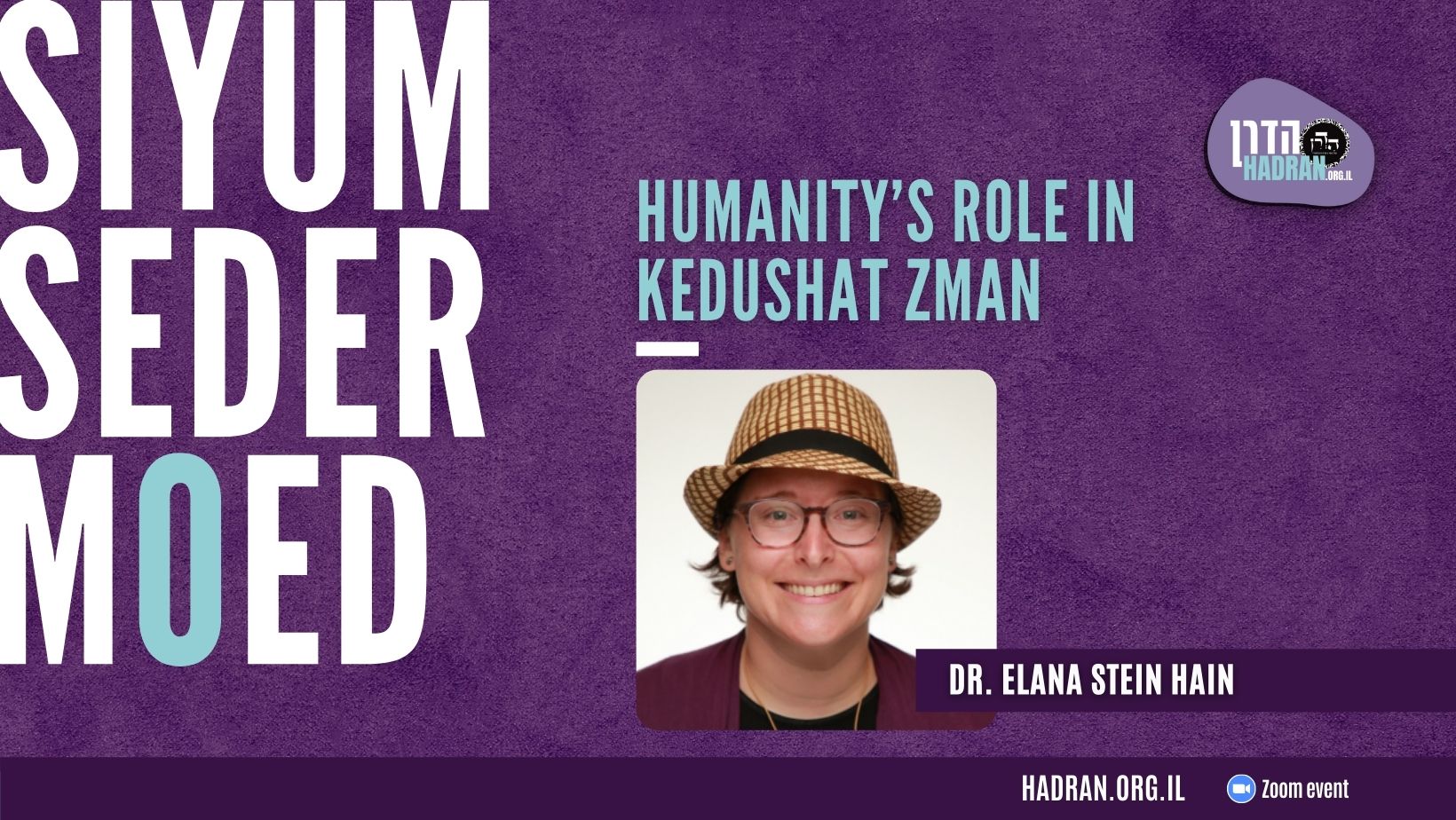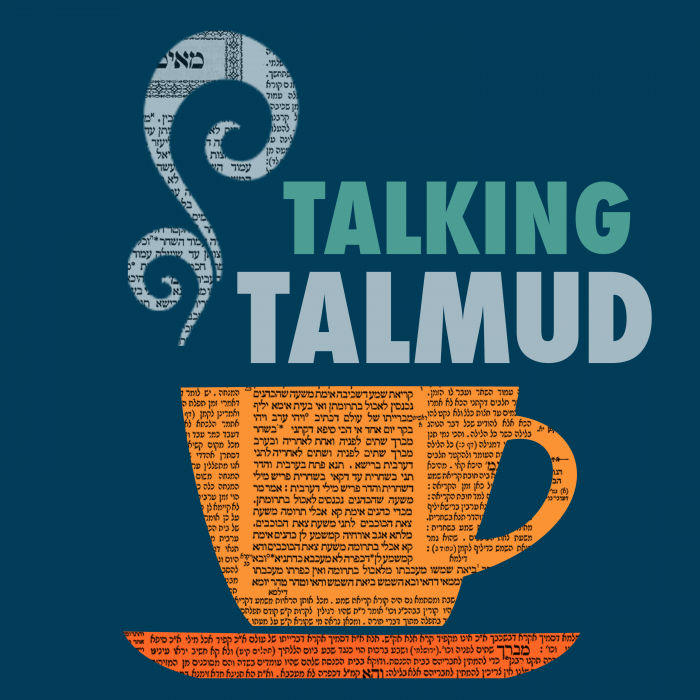Chagigah 27
דְּרַחֲמָנָא קַרְיֵיהּ ״עֵץ״, דִּכְתִיב: ״הַמִּזְבֵּחַ עֵץ שָׁלֹשׁ אַמּוֹת גָּבוֹהַּ וְאׇרְכּוֹ שְׁתַּיִם אַמּוֹת וּמִקְצֹעוֹתָיו לוֹ וְאׇרְכּוֹ וְקִירוֹתָיו עֵץ וַיְדַבֵּר אֵלַי זֶה הַשֻּׁלְחָן אֲשֶׁר לִפְנֵי ה׳״.
because the Merciful One called it: “Wood,” as it is written with regard to the table of the shewbread: “The altar, three cubits high, and its length two cubits, was of wood, and so its corners, its length, and its walls were also of wood, and he said to me: This is the table that is before the Lord” (Ezekiel 41:22). This verse indicates that even though the table was coated, its identity as a wooden vessel was preserved, which means that, like all wooden vessels, it would not be susceptible to impurity were it not for the fact that they took it out to show to the pilgrims.
פָּתַח בְּמִזְבֵּחַ וְסִיֵּים בְּשֻׁלְחָן! רַבִּי יוֹחָנָן וְרֵישׁ לָקִישׁ דְּאָמְרִי תַּרְוַיְיהוּ: בִּזְמַן שֶׁבֵּית הַמִּקְדָּשׁ קַיָּים — מִזְבֵּחַ מְכַפֵּר עַל אָדָם, עַכְשָׁיו — שֻׁלְחָנוֹ שֶׁל אָדָם מְכַפֵּר עָלָיו.
As the Gemara has cited the above verse, it clarifies a puzzling aspect of it: The verse began with the word “altar” and ended with the word “table,” both words describing the same item. Rabbi Yoḥanan and Reish Lakish both say the following exposition: When the Temple is standing the altar atones for a person; now that the Temple has been destroyed, it is a person’s table that atones for him, for his feeding of needy guests atones for his sins.
כׇּל הַכֵּלִים שֶׁבַּמִּקְדָּשׁ יֵשׁ לָהֶם שְׁנִיִּים כּוּ׳. מִזְבַּח הַנְּחוֹשֶׁת, דִּכְתִיב: ״מִזְבַּח אֲדָמָה תַּעֲשֶׂה לִּי״. מִזְבַּח הַזָּהָב, דִּכְתִיב: ״הַמְּנוֹרָה וְהַמִּזְבְּחוֹת״ — אִיתַּקּוּשׁ מִזְבְּחוֹת זֶה לָזֶה.
§ The mishna taught: All the vessels that were in the Temple had second and third substitute vessels, etc. All the vessels that were in the Temple required immersion, apart from the golden altar and the bronze altar, because they are considered like the ground. The Gemara cites the relevant sources: The bronze altar is considered like the ground, as it written concerning this altar: “An altar of earth you shall make for Me” (Exodus 20:21). The golden altar is considered like the ground, as it is written: “The candelabrum and the altars” (Numbers 3:31). The plural word “altars” indicates that the two altars of the Temple, the bronze one and the golden one, are compared to each other, teaching that just as the bronze altar is like the ground in that it cannot contract impurity, the same applies to the golden altar.
וַחֲכָמִים אוֹמְרִים: מִפְּנֵי שֶׁהֵן מְצוּפִּין. אַדְּרַבָּה: כֵּיוָן דִּמְצוּפִּין נִינְהוּ — מִיטַּמְּאוּ! אֵימָא, וַחֲכָמִים: מְטַמְּאִין, מִפְּנֵי שֶׁהֵן מְצוּפִּין.
§ According to the mishna, Rabbi Eliezer maintains that the altars are pure because they are like the ground, and the Rabbis say: It is because they are coated. The mishna seems to be saying that the Rabbis are offering a different reason for the altars not being susceptible to impurity, namely, that they are coated. The Gemara is puzzled by this: On the contrary, since they are coated with gold or bronze that is a reason that they should contract impurity, as the metal coating makes the entire altar considered as a metal vessel, as stated above, and metal is susceptible to impurity. The Gemara answers: Say and emend the mishna text as follows: And the Rabbis disagree with Rabbi Eliezer altogether, and declare the altars to be susceptible to impurity, because they are coated.
וְאִיבָּעֵית אֵימָא: רַבָּנַן לְרַבִּי אֱלִיעֶזֶר קָאָמְרִי: מַאי דַּעְתָּיךְ, מִשּׁוּם דִּמְצוּפִּין —
And if you wish, say that our text of the mishna is correct, and we should understand that the Rabbis were saying their statement in response to Rabbi Eliezer: What is your reasoning for stating that the altars are not susceptible to impurity because they are like the ground? Why didn’t you say simply that they are wooden vessels fixed in one place? For that is sufficient reason for them not to be susceptible to impurity. Is it because they are coated with metal, and therefore they would be considered metal vessels rather than wooden ones, and susceptible to impurity, were it not for the fact that they are considered like the ground?
מִיבְטָל בָּטֵיל צִפּוּיָין גַּבַּיְיהוּ.
This is a mistake, for the coating is not important, and their coating is nullified and considered subordinate to them, so that they are indeed considered wooden vessels in a fixed place and therefore not susceptible to impurity. Although generally the status of a vessel does follow its coating, the Temple table and its altars are exceptions, as derived from the verse in Ezekiel cited above (41:22). There is therefore no need to mention that they are compared to the ground. Since these altars are made of wood they do not contract impurity, irrespective of whether or not they are attached to the ground.
אָמַר רַבִּי אֲבָהוּ אָמַר רַבִּי אֶלְעָזָר: תַּלְמִידֵי חֲכָמִים אֵין אוּר שֶׁל גֵּיהִנָּם שׁוֹלֶטֶת בָּהֶן, קַל וָחוֹמֶר מִסָּלָמַנְדְּרָא: וּמָה סָלָמַנְדְּרָא שֶׁתּוֹלֶדֶת אֵשׁ הִיא — הַסָּךְ מִדָּמָהּ אֵין אוּר שׁוֹלֶטֶת בּוֹ, תַּלְמִידֵי חֲכָמִים שֶׁכׇּל גּוּפָן אֵשׁ, דִּכְתִיב: ״הֲלוֹא כֹה דְבָרִי כָּאֵשׁ נְאֻם ה׳״ — עַל אַחַת כַּמָּה וְכַמָּה.
§ Apropos the coating of the altar, the Gemara cites an Aggadic teaching: Rabbi Abbahu said that Rabbi Elazar said: The fire of Gehenna has no power over Torah scholars. This can be derived by an a fortiori inference from the salamander [salamandra], a creature created out of fire and immune to its effects, and whose blood is fireproof: If a salamander, which is merely a product of fire, and nevertheless when one anoints his body with its blood, fire has no power over him, all the more so should fire not have any power over Torah scholars, whose entire bodies are fire, as it is written: “Surely My words are as fire, says the Lord” (Jeremiah 23:29), and the words of Torah become part of the Torah scholars’ very bodies.
אָמַר רֵישׁ לָקִישׁ: אֵין אוּר שֶׁל גֵּיהִנָּם שׁוֹלֶטֶת בְּפוֹשְׁעֵי יִשְׂרָאֵל, קַל וָחוֹמֶר מִמִּזְבַּח הַזָּהָב: מָה מִזְבַּח הַזָּהָב שֶׁאֵין עָלָיו אֶלָּא כְּעוֹבִי דִּינַר זָהָב — כַּמָּה שָׁנִים אֵין הָאוּר שׁוֹלֶטֶת בּוֹ, פּוֹשְׁעֵי יִשְׂרָאֵל שֶׁמְּלֵאִין מִצְוֹת כְּרִמּוֹן, דִּכְתִיב: ״כְּפֶלַח הָרִמּוֹן רַקָּתֵךְ״, אַל תִּקְרֵי ״רַקָּתֵךְ״, אֶלָּא: רֵקָנִין שֶׁבָּךְ — עַל אַחַת כַּמָּה וְכַמָּה.
Reish Lakish said: The fire of Gehenna has no power over the sinners of Israel either. This can be derived by an a fortiori inference from the golden altar: If the golden altar, which has on it a coating that is no more than the thickness of a gold dinar, and which has incense burning on it for many years and yet fire has no power over it, as the gold miraculously remained undamaged, all the more so should immunity from fire be granted to the sinners of Israel, who are filled with good deeds as a pomegranate is full of seeds, as it is written: “Your temples [rakatekh] are like a pomegranate split open” (Song of Songs 4:3), which is to be expounded as follows: Do not read this word as rakatekh, rather read it as reikanin shebakh, meaning the empty, worthless people among you; even these people are as full of good deeds as a pomegranate is full of seeds.
הֲדַרַן עֲלָךְ חוֹמֶר בַּקּוֹדֶשׁ וּסְלִיקָא לַהּ מַסֶּכֶת חֲגִיגָה

























